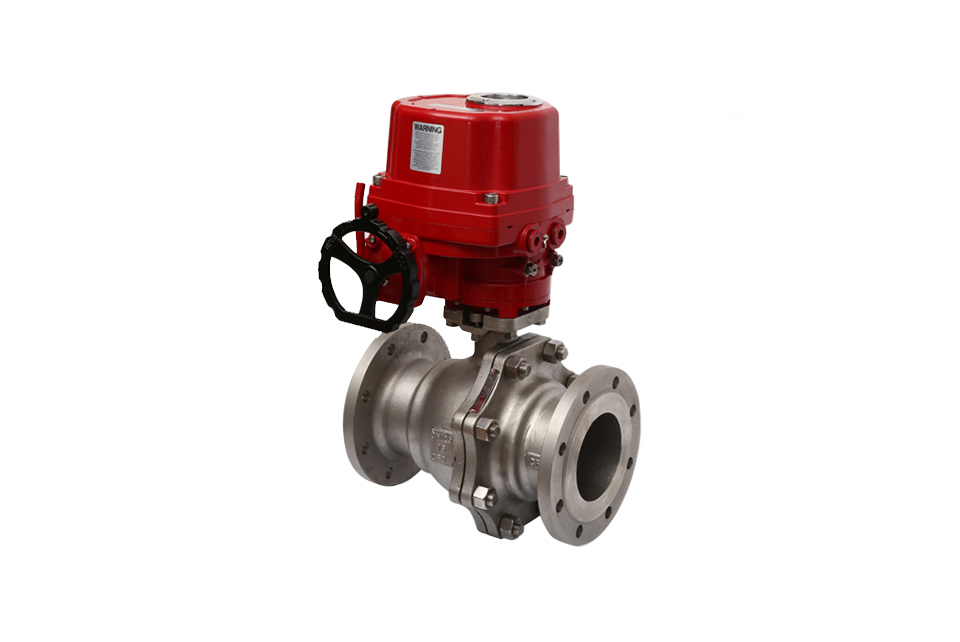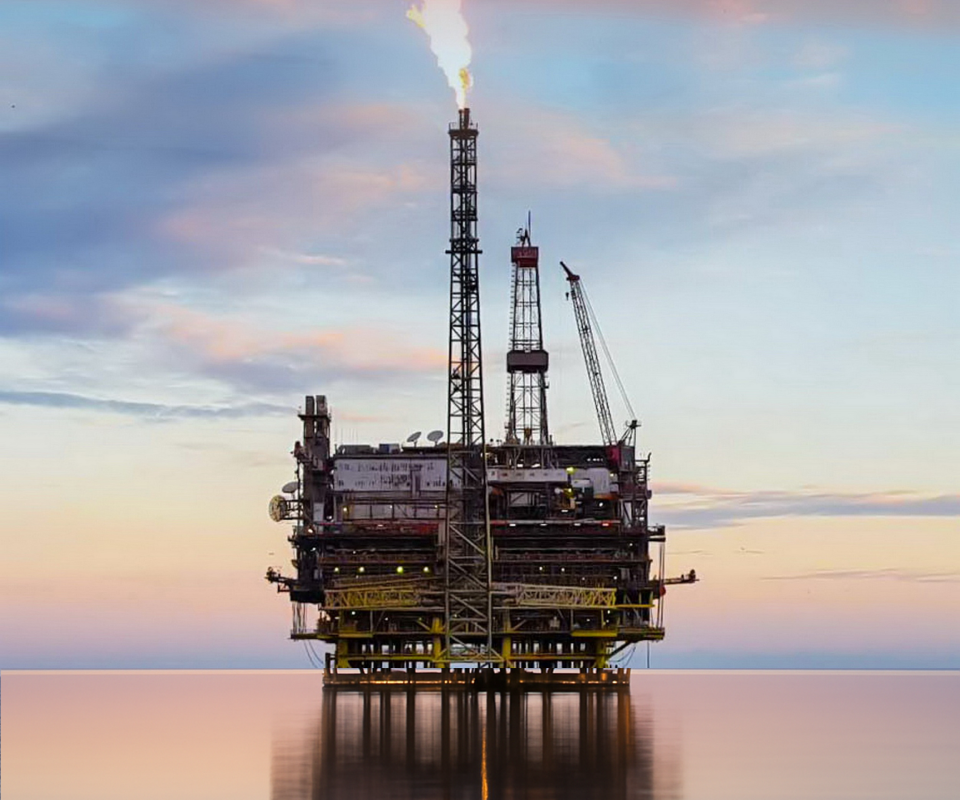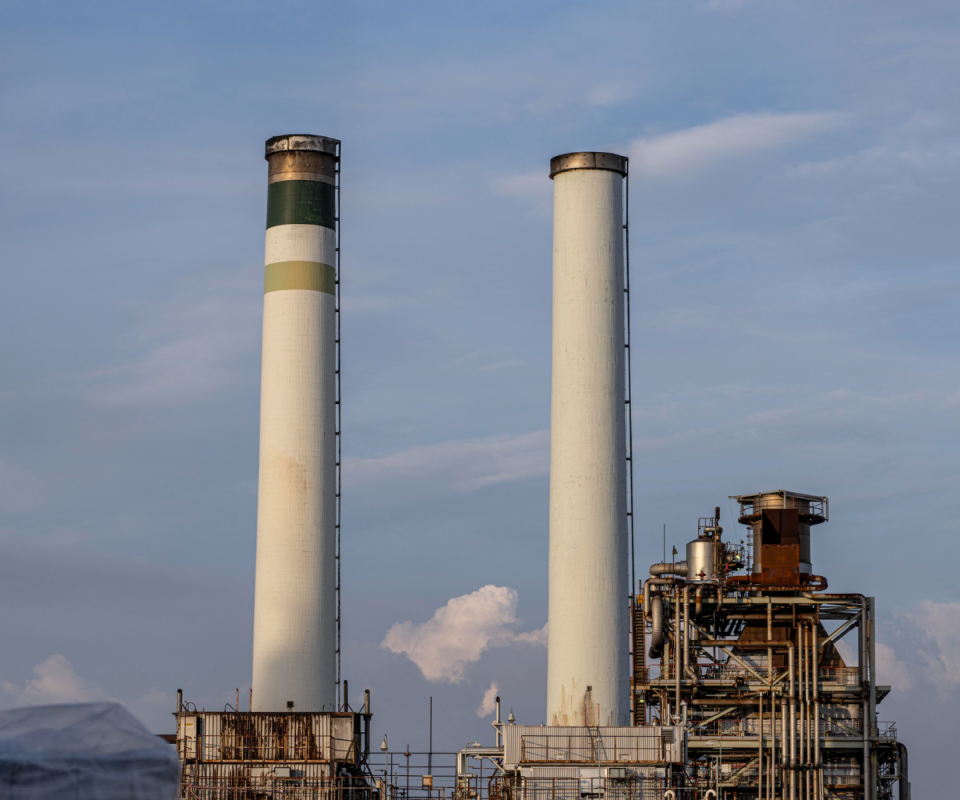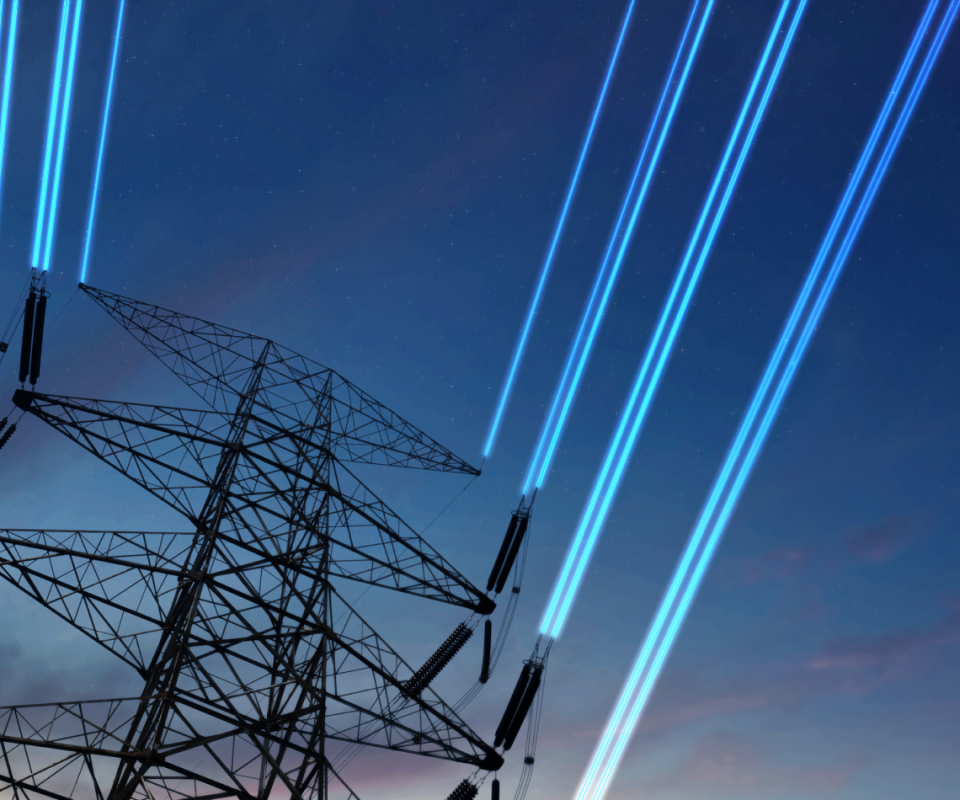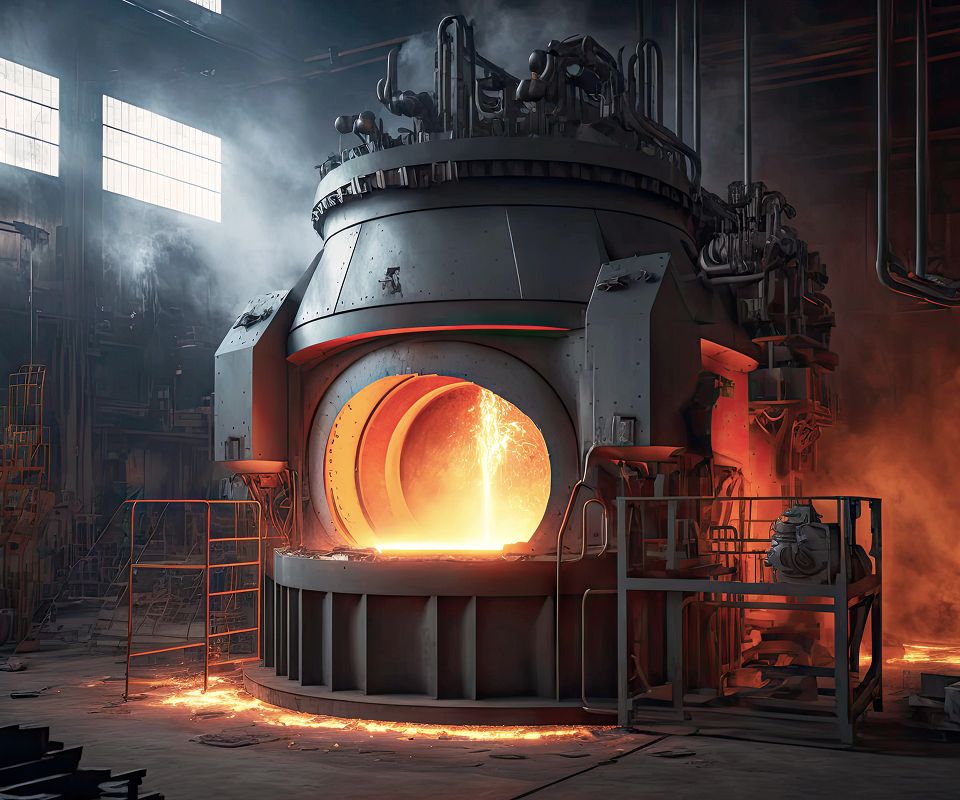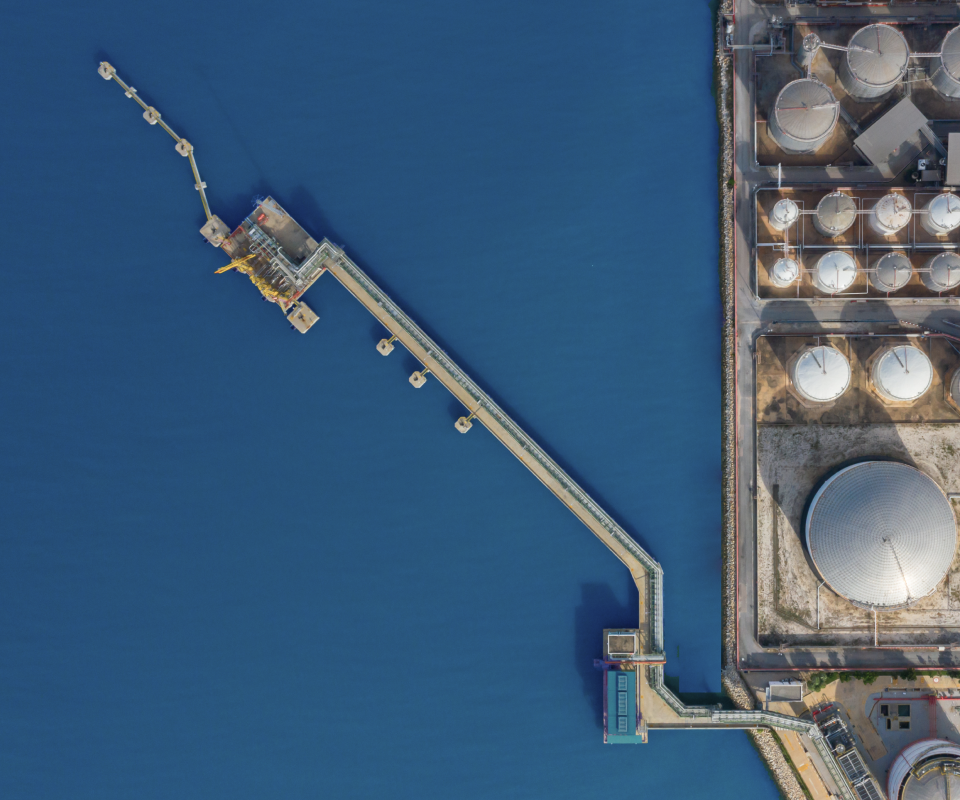Overview
MEIONILAN electric ball valve, also known as electric O-type flange switch ball valve, only needs to be rotated 90 ° to fully close and open. The valve body channel and connecting pipe diameter are equal and form one diameter, allowing the medium to flow through almost without any loss. The product is suitable for situations where two positions are cut off or adjusted. According to their applications, they can be divided into two categories: electric O-type switch ball valves and electric regulating ball valves. According to their structural forms, they can be divided into two categories: electric soft seal ball valves and electric hard seal ball valves. Soft sealed ball valves are mainly suitable for media with temperatures below 250 degrees Celsius. Hard sealed ball valves are mainly suitable for media above 250 degrees Celsius. Electric flange ball valves have excellent sealing performance, large flow capacity, easy loading and maintenance, low flow resistance, reliable sealing, and even cut-off. Electric flange ball valves have small size, light weight, high thrust, strong functionality, built-in servo amplifier, easy operation, and high reliability. The ball valve is directly connected to the actuator and has a built-in servo system, without the need for a separate servo amplifier. Input and output signals of 4-20mA and 220VAC power supply can be used to control operation. Electric flange ball valves have the advantages of simple wiring, compact structure, stable and reliable operation, etc. Electric flange ball valve, electric O-switch ball valve, electric ball valve is an important type of electric valve, widely used in the fields of petrochemicals and long-distance pipelines. Its closure is a partially spherical part with holes, which rotates with the valve stem to open or close the valve.
Electric ball valves, electric O-switch ball valves, and electric flange ball valves can achieve the cutting and circulation of media in transportation pipelines such as petroleum, chemical, papermaking, metallurgy, sewage treatment, and oil tank trucks.
Product Features
- Small fluid resistance, ball valve is one of the valves with smaller fluid resistance, even for reduced diameter ball valves, its fluid resistance is quite small.
- Thrust bearings reduce the friction torque of the valve stem, allowing for long-term balanced and flexible operation of the valve stem.
- The valve seat has good sealing performance and is made of sealing rings made of materials such as polytetrafluoroethylene. The structure is easy to seal, and the sealing ability of the ball valve increases with the increase of medium pressure.
- The valve stem seal is reliable. As the valve stem only rotates without lifting, the packing seal of the valve stem is not easily damaged, and the sealing ability increases with the increase of medium pressure.
- Due to the good self-lubricating properties of materials such as polytetrafluoroethylene, the friction loss with the ball is small, and the service life of the ball valve is long.
- The bottom mounted valve stem and the protruding step at the head of the valve stem prevent the valve stem from spraying out. In the event of a fire causing damage to the valve stem seal, the protruding step can also form a metal contact with the valve body to ensure the valve stem seal.
Main Technical Parameters of MEISONILAN Electric Ball Valve
| Nominal Diameter DN (mm) | 15~200 |
| Rated Flow Coefficient KV | 21~3589 |
| Nominal Pressure (MPa) | PN1.6, 2.5, 4.0, 6.4 MPa; ANSI 150, 300LB |
| Valve Body Type | Two-piece Cast Ball Valve |
| Connection Type | Flanged, Welded, Threaded |
| Valve Core Type | "O" - shaped Spherical Valve Core |
| Sealing Packing | V-shaped PTFE Packing, Flexible Graphite Packing, etc. |
| Flow Characteristic | Approximately Quick - Opening Type |
| Action Range | 0~90° |
| Leakage Q | According to GB/T4213 - 92, less than 0.01% of the rated KV |
| Basic Error | ±1% |
| Hysteresis | ±1% |
| Dead Band | ≤1% (Adjustable) |
| Adjustable Range | 250:1, 350:1 |
| Configured Actuator | Can be equipped with angular - stroke electric actuators of PSQ, BV - TORK, UNIC, 361RS, OV - TORK and other series |
| Control Mode | Switch in - place lamp (On - Off Two - position Control), Passive Contact Signal, 1/5K Potentiometer, Intelligent Regulation (4~20mA Analog Signal Control) |
(1) Before installation, check that the product model, tag number, and specifications match the requirements. Inspect the entire valve for missing or loose parts.
(2) Prior to installation, clean the pipeline. Ensure there is sufficient straight pipe section at the valve inlet and install a filter. When connecting the valve body to the pipeline flanges, ensure coaxiality.
(3) Thoroughly clean the pipeline before installing the valve.
(4) The installation site should ensure the safety of personnel and equipment, facilitating operation, disassembly, and maintenance.
(5) The valve should be installed vertically upright on horizontal pipelines. If necessary, it can be installed at an angle, but horizontal installation should be avoided. For occasions with heavy valve weight or vibration, use a support frame.
(6) The medium flow direction must align with the arrow on the valve body. The air supply should be dry and oil-free. The valve should be used in environments with temperatures ranging from -20℃ to 55℃.
(1) Cleaning the Valve: For general media, cleaning with water is sufficient. For media harmful to health, first understand their properties and then select an appropriate cleaning method.
(2) Disassembly: Remove rust from exposed rusted parts first. Before derusting, protect the machined surfaces of precision parts such as the valve seat, valve plug, valve stem, and push rod. Use special tools when disassembling the valve seat.
(3) Valve Seat: Minor rust or wear on the sealing surface can be repaired by machining. If damage is severe, replace the seat. However, both repaired and replaced hard sealing surfaces must be lapped.
(4) Valve Stem: If the surface is damaged, it must be replaced.
(5) Damage to Push Rod, Guide, and Sealing Surfaces: Reverse-acting actuators must be replaced; direct-acting actuators can be reused after proper repair.
(6) Compression Spring: If there are cracks or other defects affecting strength, replace it immediately.
(7) Wear Parts: Packing, gaskets, and O-rings must be replaced entirely during each maintenance. Check the valve plug and diaphragm for cracks, aging, or corrosion that may cause future failures. Decide whether to replace them based on inspection results, but the diaphragm service life should not exceed 2-3 years.
(8) When reassembling the valve, ensure alignment. Tighten bolts diagonally and lubricate sliding parts. After reassembly, debug the valve according to the factory test items and methods. During this period, accurately adjust the packing compression force and the valve plug closing position.
-
If the model has not been selected before ordering, please provide us with the operating parameters:
(1) Nominal diameter DN (mm);
(2) Nominal pressure (MPa or bar);
(3) Fluid properties (including medium temperature, viscosity, or acidity/alkalinity);
(4) Pressure before and after the valve (pressure differential);
(5) Requirements for flow characteristics;
(6) Materials of valve body and valve core;
(7) Connection type;
(8) Driving method (provide air supply pressure, driving voltage);
(9) Supporting accessories (for pneumatic valves, it is recommended that users install an air filter triplet and a 2-position 5-way solenoid valve);
(10) On-site working conditions. -
If the product model of our company has been selected by the design unit, please order directly from our production department according to the model;
-
When the application occasion is very important or the pipeline is relatively complex, please provide the design drawings and detailed parameters as much as possible, and our experts will review and check them for you.



